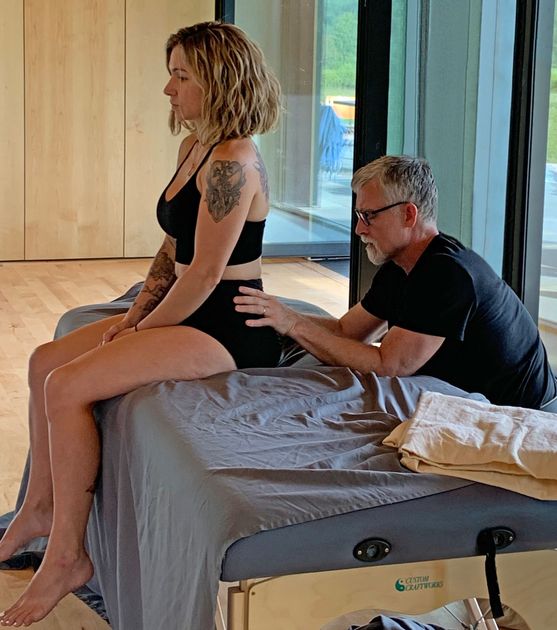
Offering Structural Integration
and Deep Tissue Massage Therapy
WHAT IS A BALANCED BODY?
All structures, whether living or man-made, rely on some ratio of compression and tension to maintain form. Static structures, such as brick walls, depend heavily on compression, while structures which move, such as human bodies, depend heavily on tension. The tensions of our bodies are maintained and transmitted through the connective tissue (also called fascia), and adjusted by the musculature. A Balanced Body is one in which the fascia’s tensional output perfectly meets the body’s tensional demands for both stability and movement.
Services and Rates
Deep Tissue Massage Therapy
60 minutes $110 / 90 minutes $150
What is Deep Tissue Massage?
Muscles are layered throughout our bodies, and, additionally, some are quite thin, and others quite thick. Deep Tissue Massage addresses muscle tensions and imbalances in the layer in which they exist. Often, deeper muscles can be engaged by positioning joints to slacken overlying tissues, a more elegant and effective approach than simply applying extra pressure.
Structural Integration
90 minutes $150
What is Structural Integration?
Founded on the ideology of Dr. Ida Rolf, Structural Integration considers the body’s fascial system in both its static and dynamic roles. Precise, hands-on therapy is used to unglue fascial planes, to restore the fluid tensional equipoise our bodies were meant to enjoy. Homework is offered to proactive clients.
About Richard

What is Richard’s background?
Richard Condon graduated from the Swedish Institute College of Massage Therapy & Allied Health Sciences in 1991, and the Rolf Institute of Structural Integration in 2001. In 2007 he completed training as a certified advanced Rolfer. In his 33 years of practice, Richard has served as a principle therapist at The Ostrow Institute for Pain Management in NYC, as faculty at The Swedish Institute, and as continuing education director at The Institute for Holistic Health in Poughkeepsie. Richard has designed and taught continuing education courses in bodywork and has been sought out as a continuing education instructor by the American Massage Therapy Association and the Center for the Advancement of Therapeutic Arts. Some highlights of Richard’s own extensive continuing education experience include a personal mentorship under the late master Rolfer Dr. Louis Schultz, a week long human cadaver dissection with Dr. Gil Hedley, multiple classes with Dr. Joseph Muscolino and a 4 day mentorship with Tom Myers. A lifelong competitive athlete, Richard currently holds 4 Nation Titles in Masters Weightlifting, and is an avid chess player.
FAQ
Call or text to make an appointment
845.332.6889




